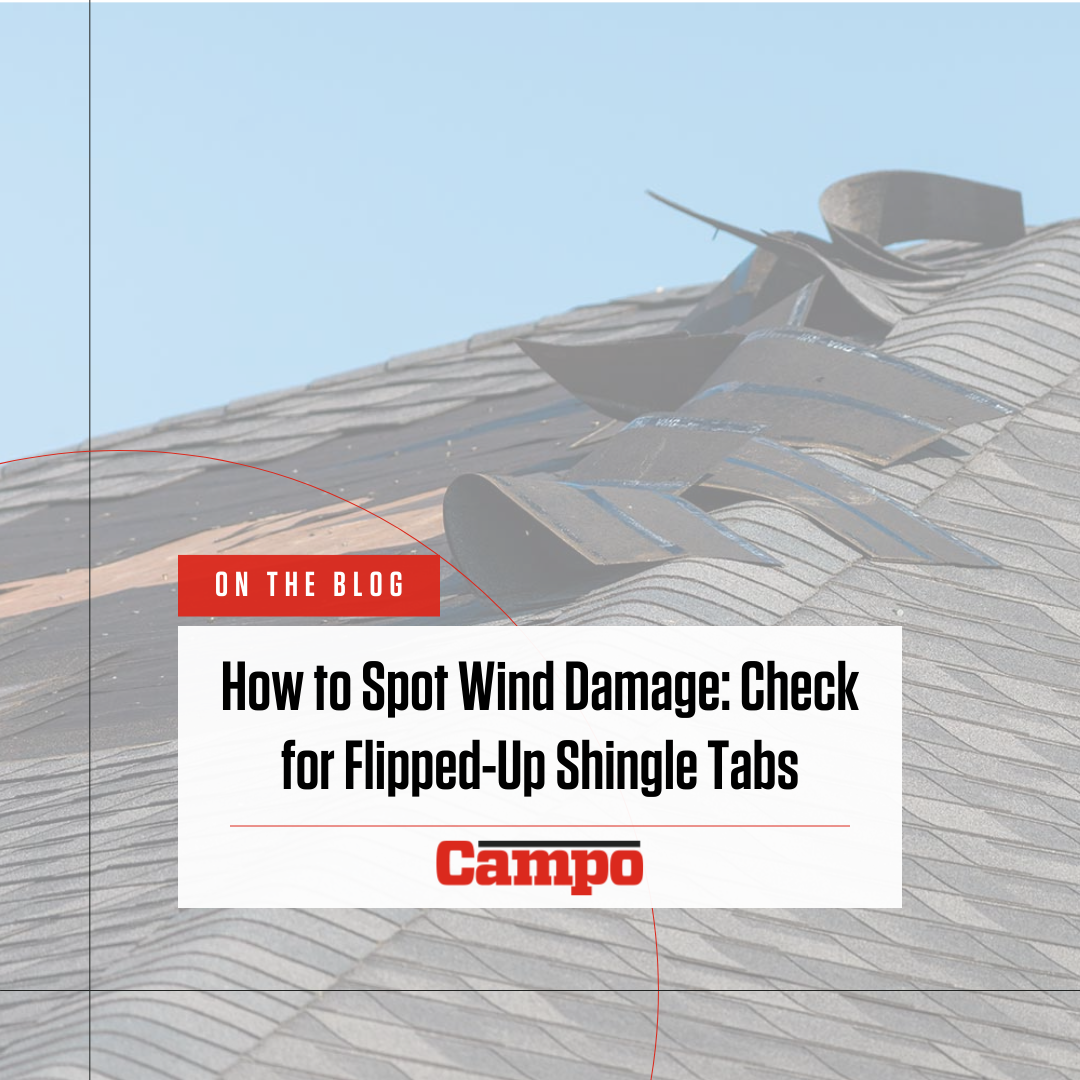
Did you know there’s a great solution for how to spot wind damage: check for flipped-up shingle tabs on your roof!
Why? Wind can be sneaky. You might not notice it at first glance. After a storm, a sigh of relief as the sun peeks out might mask underlying issues with your roof, such as those pesky flipped-up shingle tabs.
This guide will give you the rundown of how to identify wind damage like a pro and save you from costly repairs. And after reading this piece, you’ll know what to say when someone asks you how to spot wind damage: check for flipped-up shingle tabs on your roof! Let’s dig in.
Although it’s tempting to think of hail and heavy storms as the biggest culprits of roof damage, wind can also cause major damage. High winds often batter vulnerable areas, leading to loose, damaged, or even missing shingles.
This kind of damage doesn’t discriminate based on your roof’s age. Newer roofs are just as vulnerable to wind as older ones; experts have found that edges and pre-loosened areas are prime targets for wind, making those spots highly susceptible to further damage.
Remember those shingle tabs? They’re like your roof’s first line of defense against the elements. But when strong winds buffet your home, these tabs can bend upwards, curl, or even completely flip over.
That’s a clear sign of a wind damaged roof. Don’t let anyone tell you otherwise. If you spot flipped shingle tabs on your roof, there is a good chance you are experiencing it.
If you ignore flipped-up shingles, get ready for water damage and more expensive repairs down the line.
Water damage can quickly escalate and lead to a whole slew of other headaches, like mold growth and structural issues. It’s important to get damaged shingles repaired to prevent further damage and more costly repairs.
Now, you’re not a roofer but here’s how you can assess the situation, spot those flipped shingle tabs, and determine whether you need to call a pro. Remember safety first.
After a storm passes, it might be tempting to grab a ladder and assess the situation. However, it’s important to wait until the winds die down and conditions are safe.
Start with a visual inspection from the ground. Look for any loose shingles or debris in your yard or on your roof. Also, check for any tree branches that may have fallen on your roof.
Examine your gutters for an accumulation of granules from asphalt shingles — those sandpaper-like bits on shingles. Finding a significant number indicates damage.
Take a peek inside your attic and check for wet spots or discoloration on your ceiling or walls. This is a strong indicator you’ve got a leaky roof. And a leaky roof is no laughing matter.
You’re probably wondering, how strong do those winds need to be before they inflict noticeable damage? The National Weather Service has a handy chart outlining this. Here’s the lowdown:
Remember those ranges when gauging potential damage. It’s always better to be safe than sorry.
Identifying potential damage yourself is a smart first step. However, even a minor issue, if left unchecked, can spiral into costly repairs later. Contacting a professional roofing contractor will give you a clear understanding of your roof’s condition. They can also work with your insurance company if needed — always a plus, right?
Aside from flipped shingle tabs, other signs that you need a proper roof repair include:
This depends on your specific policy. That’s why reading through it carefully is crucial. Don’t hesitate to give your insurance company a shout if you’re uncertain about the coverage. They can help you with the details and any necessary documentation, like a professional roof inspection report, when you’re ready to file a claim.
While it’s best to consult a roofing expert, here are a few general pointers:
Discovering missing shingles scattered in your yard is definitely cause for alarm, but here’s the game plan:
Now you know what to say when someone asks you how to spot wind damage: check for flipped-up shingle tabs on your roof! It can be the difference between minor repairs and a significant financial headache down the line.
It’s nice to have a handle on DIY maintenance. But it’s even nicer to have reliable roofing expert on speed dial. Request a quote from Campo today!
Looking to start a home exterior project? Let us know and start the conversation